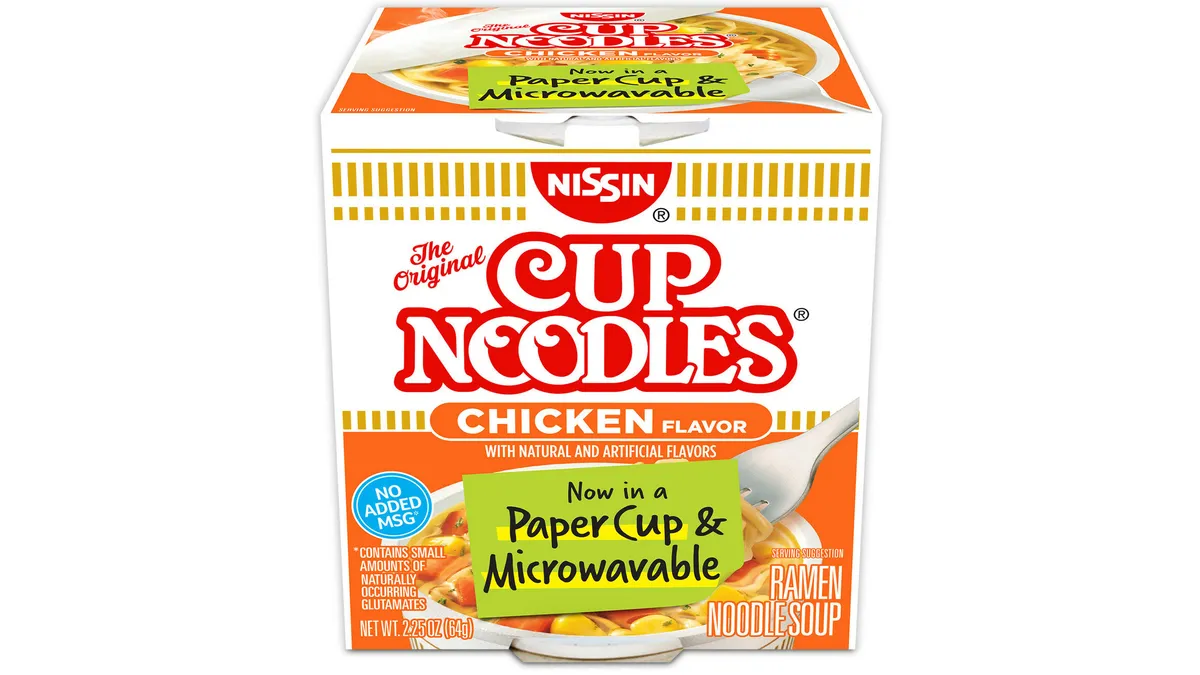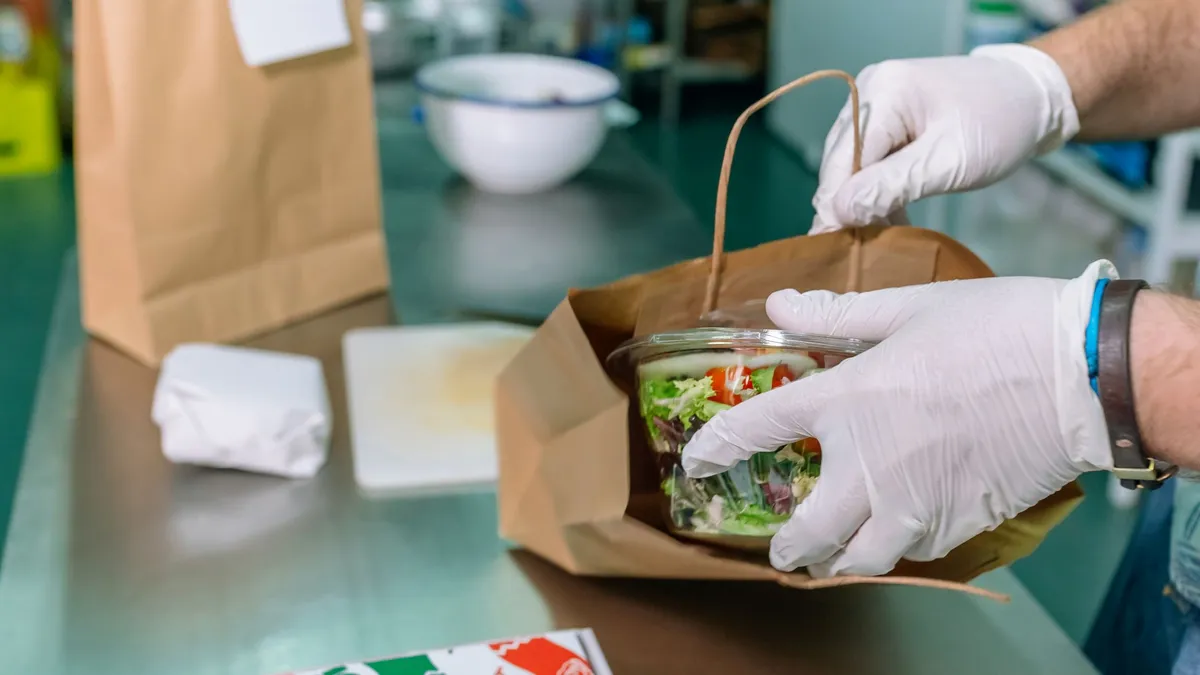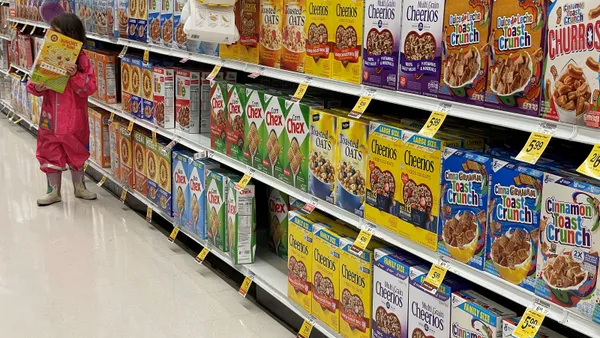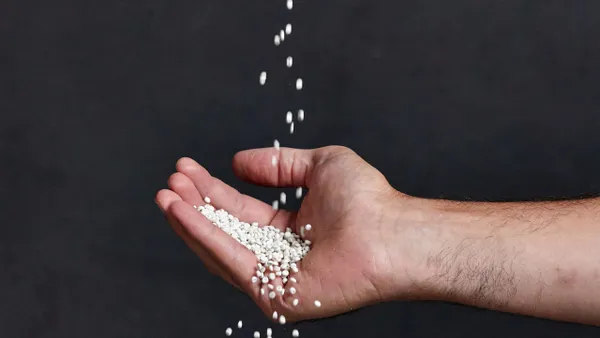Dive Brief:
- Nissin Foods USA is changing its well-known Cup Noodles polystyrene foam single-serve container to fiber, making it microwaveable for the first time in the product’s 50-year history. The new packaging form also allowed Nissin to eliminate the clear plastic film encasing the foam cup.
- Nissin partnered with Graphic Packaging International to develop the fiber cup design, and that company will produce the majority of that product line, according to Linda Chung, vice president of corporate communications at Nissin Foods USA. Nissin will not disclose the names of other suppliers.
- The new cup is made with 40% recycled fiber and is recyclable, Chung said. It will start rolling out at the end of this year or early next year, and consumers across the country should expect to see it on store shelves in Q1 2024.
Dive Insight:
The Cup Noodles substrate switch stemmed from Nissin Foods’ Earth Food Challenge 2030, the company’s long-term environmental strategy, according to Chung. Cup Noodles is the only product in Nissin’s portfolio sold in a polystyrene container.
“The polystyrene cup has always been [an] opportunity for improvement,” Chung said. The switch required “lots of work — lots of research, testing with consumers, with finding the right suppliers to do this. It did take several years before this became a reality.”
Measuring the transformation’s return on investment will involve monitoring numerous metrics, both concrete and abstract, she explained.
“Number one, it is the right thing to do [and] what we want to do as a company. Again, it’s part of our commitment to sustainability,” Chung said. “It’s also, of course, about the consumer and making sure they are able to enjoy the Cup Noodles brand experience. So hopefully that will show up in terms of sales.”
This is the first major change to the Cup Noodles packaging since the product was introduced in 1973. One of the company’s top priorities in developing the new packaging was to ensure consumers have the same food product experience as before, such as the taste and consistency of the food.
A big change to the consumer experience, though, is the ability to microwave the new fiber cup. Traditionally, instructions on the foam packaging instructed consumers to add boiling water to the cup, as opposed to adding water and then microwaving it. Increasingly, studies caution against heating plastics — especially in food applications — due to health concerns from microscopic plastic particles entering the body.
“Our retail cup solution for Nissin provides added convenience for the consumer, as it is safe for microwave use, eliminating an extra step required in meal preparation when using foam,” Graphic Packaging International CEO Michael Doss said during the company’s Oct. 31 Q3 earnings call. This is Graphic Packaging’s first foray into microwaveable cups, he said.
Doss pointed out GPI’s expectation to further expand its presence in the $4 billion domestic cup and container market, and other similar markets, as customers increasingly seek substrate changes to eliminate plastic and improve sustainability.
“Items such as pasta, hot cereals, breakfast mixes and single-serve dried foods are examples of where our fiber-based solution has tremendous potential to win,” Doss said. “We believe long-term tailwinds support the continued demand of this transition, such as end-use consumers seeking more sustainable packaging, customers responding to demand in pursuing sustainability goals and in a growing number of jurisdictions, environmental legislation requiring the use of more sustainable packaging.”















